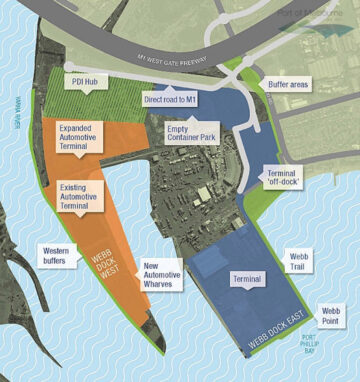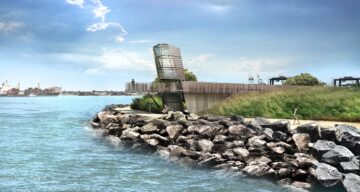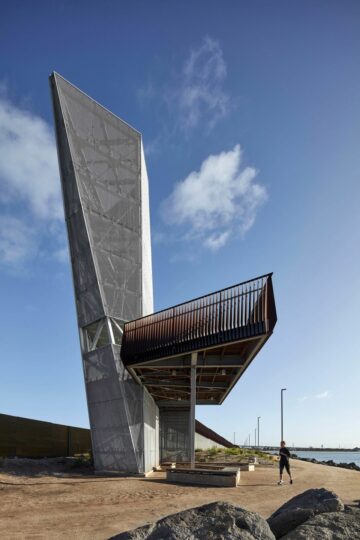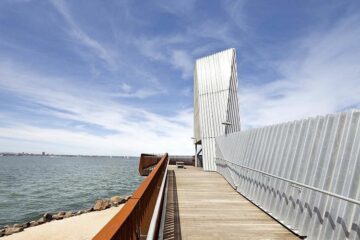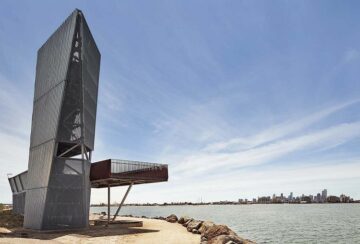Challenge(s)
How can port authorities capitalise on buffer zones between residential and industrial zones?
Good practice
Showcase port city landmarks and scenery
By prioritising physical separation and incorporating public amenities, port authorities can effectively balance industrial operations with the well-being of surrounding communities and the natural landscape. The Port of Melbourne's redevelopment of the Webb Dock area, including the creation of buffer zones between industry and residential areas, demonstrates a commitment to community and environmental considerations.
This good practice also includes objective 8.3 (Developing public spaces and recreational or cultural amenities in City Port interface zones to create an appealing new area) of the AIVP's 2030 Agenda.
Case study
In 2013, the Port of Melbourne ordered the start of work to reconfigure the Webb Dock area, in the south-west of the city, which includes the construction of a container terminal with a minimum capacity of up to 1 million TEUs per year. By redeveloping the area, the port authority included buffer zones between the high-intensity industry and the residential areas to create a physical separation between the two. Independent experts have assessed its visual impact from twelve different viewpoints and created a visitable buffer zone at Webb Dock East, noted as the Webb trail, that stops on Webb Point, the southeastern point of the dock. At Webb Point, pedestrians and cyclists can access an observation platform, Sandridge Lookout, with commanding views of the bay and the city, as well as the container ships at sea and in the terminal. The “waterline” project was submitted for consultation and public feedback in 2013, and work began at the end of that year. The observation platform designed by Fleetwood Urban and Cox Architecture was completed in 2017.
These buffer zones are also considered an essential part of Melbourne’s Port Authority 2050 Development strategy, published in 2020, in which the authority is striving for a more sustainable port, taking into account the community and environmental needs. At the border between land and sea, the city and port landscape combines the technical elements associated with port functions, dock basins and shipping, with typically urban views. The topography of port cities frequently provides natural viewing platforms or allows for paths overlooking this interaction, creating unity between the active port and the city.
Additional information :
2050 Port Development strategy – Port of Melbourne
2050 Port Development strategy – 2020 edition (pdf)
Sustainability at the port of Melbourne

